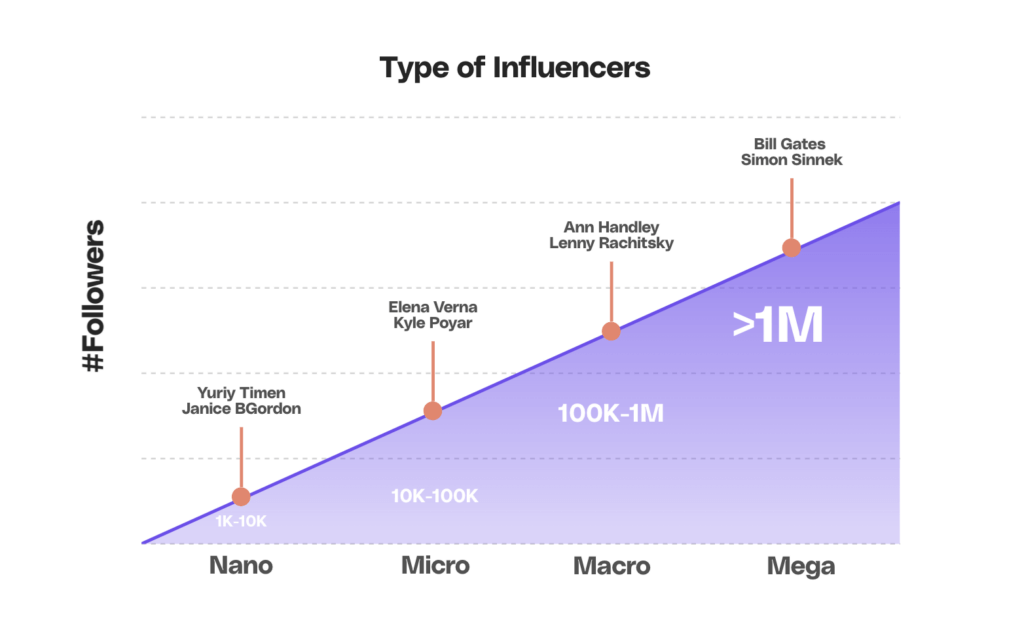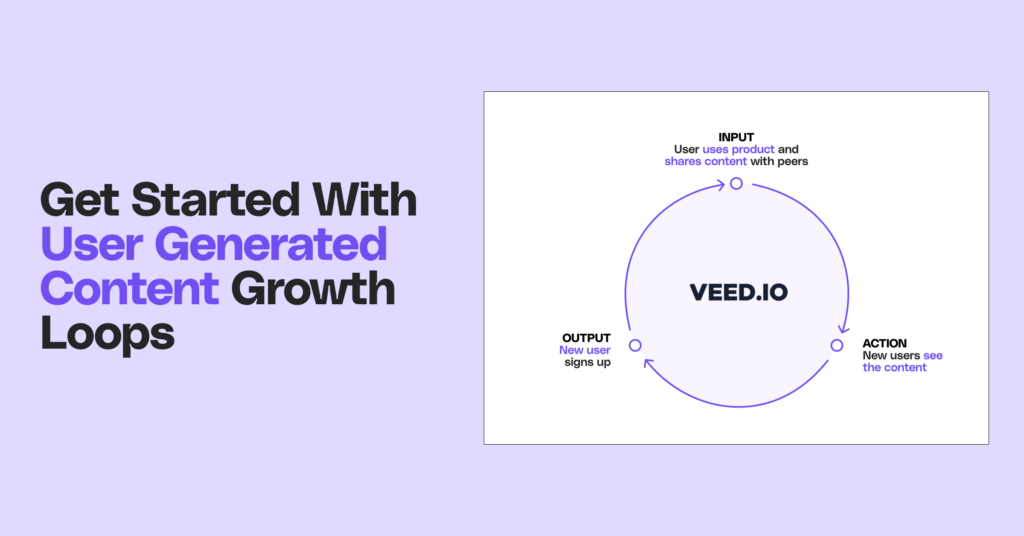In today's digital age, influencer marketing has emerged as a powerful strategy for brands to connect with their target audience. This innovative approach leverages the influence and credibility of individuals who have amassed a loyal following on social media platforms. By partnering with these influencers, brands can tap into their vast reach and engage with their target market in a more authentic and impactful way.
Key takeaways:
- Definition and Rise of Influencer Marketing: Influencer marketing is a strategy where brands partner with individuals who have a significant social media following to reach and engage their target audience authentically.
- Evolution from Celebrity to Social Media Influencers: This marketing approach has evolved from celebrity endorsements to include diverse collaborations with social media influencers, reflecting a shift towards authenticity and relatability.
- Collaboration Dynamics: It involves a partnership between brands and influencers, where brands select influencers based on their audience relevance, and influencers create and share content that aligns with the brand's message.
- Benefits for Brands and Influencers: Influencer marketing benefits brands by enhancing reach and credibility, and benefits influencers through partnerships that expand their reach and monetization opportunities.
- Challenges and Effective Strategies: Key challenges include ensuring brand-influencer alignment and maintaining authenticity; effective strategies involve careful influencer selection, fostering genuine relationships, and monitoring campaign performance.
Understanding the concept of influencer marketing
The evolution of influencer marketing
Influencer marketing has undergone a significant evolution over the years. It started as simple endorsements by celebrities and public figures. However, with the rise of social media, everyday individuals have become influential figures in their own right.
Today, influencer marketing encompasses a diverse range of collaborations, from sponsored posts on Instagram to product reviews on YouTube. This evolution reflects consumers' growing desire for authenticity and relatability in brand messaging.
Key components of influencer marketing
Influencer marketing involves two fundamental components: the brand and the influencer. The brand identifies targeted influencers who align with its values, target audience, and marketing objectives. The influencer, on the other hand, is responsible for creating and sharing content that promotes the brand's products or services.
This collaboration between the brand and the influencer allows for a more organic and genuine approach to marketing, compared to traditional advertising methods.
The brand's role in influencer marketing
The company or brand plays a crucial role in identifying the right influencers to collaborate with. The brand carefully evaluates potential influencers based on their reach, engagement, and relevance to the brand's target audience.
By partnering with influencers who align with the company's values, the brand can effectively communicate its message to a wider audience. This strategic approach ensures that the brand's products or services are promoted in a way that resonates with consumers.
Furthermore, the brand provides support to the influencer by supplying them with the necessary resources, such as product samples or exclusive discounts, to create compelling content. This collaborative effort between the brand and the influencer strengthens the overall marketing campaign.
The influencer's role
On the other side of the equation, the influencer plays a vital role in influencer marketing. As individuals with a significant following and influence, influencers have the power to shape consumer opinions and behaviors.
The influencer's primary responsibility is to create engaging and authentic content that promotes the brand's products or services. This content can take various forms, such as social media posts, blog articles, or video reviews.
By leveraging their personal brand and storytelling skills, influencers can effectively communicate the brand's message to their audience in a relatable and persuasive manner. Their genuine endorsement of the brand's offerings helps build trust and credibility among their followers.
In addition to creating content, influencers also engage with their audience through comments, direct messages, and live interactions. This two-way communication fosters a sense of community and strengthens the influencer's relationship with their followers.
The role of influencers in marketing
Type of influencers
When it comes to influencers, one size does not fit all. There are different types of influencers, each with their own distinct characteristics and impact. In the following we will focus on B2B only.

Mega-influencers (> 1M followers), also known as celebrity influencers, have a massive following and can reach millions of people. They are often well-known personalities in their respective industries.
Examples: Bill Gates (Co-founder of Microsoft), Simon Sinnek (Author and speaker)
Macro-influencers (100k-1M followers) have a substantial following but may not have the same level of fame as mega-influencers. They are often niche experts or industry professionals with a dedicated audience.
Example: Ann Handley (CCO of MarketingProfs), Lenny Rachitsky (Author Lenny's Newsletter)
Micro-influencers (10k-100k follower) have a smaller following but are highly engaged with their audience. They often have a specific niche or area of expertise and can generate a high level of trust and engagement among their followers.
Examples: Elena Verna (Growth at Dropbox), Kyle Poyar (Operating Partner at Open View)
Nano-influencers (1k-10k follower) have a rather small following with a very strong audience engagement.
Examples: Yuriy Timen (CMO Adapted Mind) , Janice BGordon (Founder Scale your Sales)
How Influencers Connect with Their Audience
Influencers build connections with their audience through authenticity, trust, and relatability. They create content that resonates with their followers, providing valuable insights, recommendations, and entertainment.
Through their organic storytelling and genuine interactions, influencers cultivate a sense of community among their audience. This community often becomes receptive to brand recommendations and is more likely to engage with sponsored content.
The impact on businesses - benefits and potential challenges
Benefits
Influencer marketing offers numerous benefits for businesses.
- It allows brands to tap into the established trust and credibility of influencers. Their recommendations carry weight and can significantly influence their followers' purchasing decisions.
- It helps brands increase their reach and visibility. Collaborating with influencers exposes brands to new and diverse audiences, enabling them to expand their customer base.
- Influencer marketing can help brands create authentic and user-generated content. Influencers' involvement in content creation adds credibility and provides a fresh perspective, thereby enhancing the overall brand narrative.
Potential challenges
- One of the key challenges is ensuring alignment between the brand and the influencer. It is crucial to select influencers who genuinely resonate with the brand's values and target audience.
- Another challenge is maintaining authenticity. Overly promotional content can harm an influencer's credibility and turn off their followers.
Striking the right balance between promotional and organic content is essential to maintaining a positive and engaged audience.
Strategies for effective influencer marketing
Choosing the right influencer
Selecting the right influencer for a brand's campaign requires careful consideration. It is essential to identify influencers whose audience aligns with the brand's target market.
Conducting thorough research and analyzing the influencer's demographics, engagement rate, and content quality are vital in making an informed decision.
Building genuine relationships with influencers is also a crucial aspect. By fostering a long-term partnership and investing in meaningful collaborations, brands can maximize the impact of their influencer marketing efforts.
Building a successful influencer marketing campaign
Creating a successful influencer marketing campaign involves clear objectives, strategic planning, and effective communication. Brands should clearly communicate their brand values, campaign goals, and expectations to the influencer.
By establishing a collaborative relationship and providing creative freedom, brands can empower influencers to create content that reflects and aligns with their brand identity.

Moreover, it is vital to regularly track and analyze the campaign's performance. This monitoring allows brands to gauge the effectiveness of their influencer partnerships and make necessary adjustments to optimize results.
Measuring the success of influencer marketing
Key performance indicators for influencer marketing
Measuring the success of influencer marketing campaigns requires identifying relevant key performance indicators (KPIs). These KPIs may include reach, engagement rate, click-through rate, conversion rate, and return on investment (ROI).
Brands should establish realistic and measurable goals from the start to assess the performance of their influencer marketing efforts accurately.
Regularly monitoring these KPIs allows brands to adapt their strategies and ensure the maximum impact and value from their influencer collaborations.
| KPI | Description | Importance |
|---|---|---|
| Engagement Rate | Measures the level of interaction (likes, comments, shares) with the influencer's content relative to their number of followers. | Indicates how effectively the content resonates with the audience, reflecting the quality of interaction beyond just reach. |
| Reach | The total number of unique users who have seen the influencer's content. | Shows the scale of the audience that the campaign has been able to impact, crucial for brand awareness. |
| Conversion Rate | The percentage of the audience that took a specific action (e.g., made a purchase, signed up for a newsletter) after interacting with the content. | Measures the campaign's effectiveness in driving the desired audience action, linking influencer efforts to tangible outcomes. |
| ROI (Return on Investment) | Calculates the return generated from the influencer marketing campaign compared to the cost of investment. | Evaluates the financial efficiency of the influencer marketing campaign, determining its profitability and justification for future investments. |
Tools for tracking influencer marketing success
Various tools and platforms are available (e.g. Google Analytics, Social Media Analytics, Referral programs) to help brands track the success and performance of their influencer marketing campaigns.
These tools provide valuable analytics and insights, enabling brands to evaluate the effectiveness of their partnerships, measure engagement, and understand their return on investment.
Utilizing these tools allows brands to make data-driven decisions and continuously optimize their influencer marketing strategies for the best possible results.
In conclusion, influencer marketing has evolved into a dynamic and effective strategy for brands to connect with their target audience.
By leveraging the power of influencers, brands can tap into their credibility, authenticity, and reach to create meaningful connections and drive business results.
To ensure the success of influencer marketing campaigns, brands must carefully select influencers, foster genuine partnerships, and regularly track and analyze the campaign's performance.
By doing so, brands can harness the full potential of influencer marketing and gain a competitive advantage in today's digital landscape.
Unlock the power of peer-to-peer referrals with Cello
As you've seen, influencer marketing can significantly amplify your brand's reach and credibility. Now imagine harnessing that same power through your own users with Cello. Our platform is designed to transform your users into a potent growth channel, offering seamless integration and a peer-to-peer referral program that can be up and running in just about 4 hours. With Cello, you can expect a delightful sharing experience that encourages viral growth, a 14% average free to paid conversion rate, and a 12% average annual user-to-customer conversion rate. Experience the simplicity of frictionless sharing, automated rewards, and real-time performance tracking that integrates effortlessly with your existing tools. Ready to see how Cello can revolutionize your growth strategy? Book a demo and witness the impact of user-led growth firsthand.
Resources
Related articles

7 Best B2B Referral Software (2025 Guide)
Which referral software should I choose? In the world of referral marketing, choosing the right ...

Scaling and Maintaining a B2B User Referral Program
Learn how to set the right incentives for B2B SaaS user referral programs

What are User Generated Content Growth Loops?
User Generated Growth (UGC) loop is a growth engine where users create content that attracts ...

